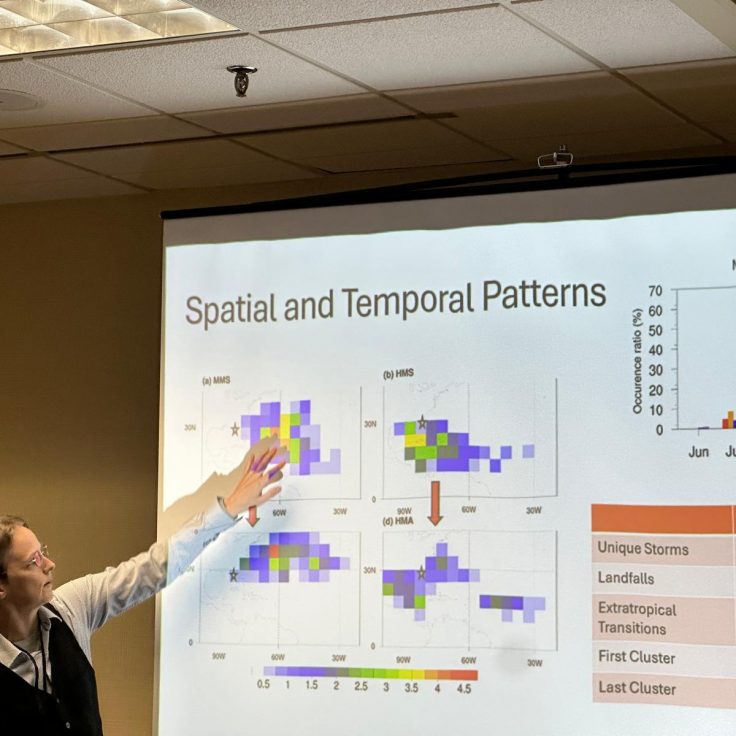
When the Dinosaurs Died, the Ferns Survived
Biology professor Emily Sessa receives NASA grant to understand why ferns bounced back after a mass extinction
The last great extinction event occurred 66 million years ago when the K-Pg asteroid smashed into the planet, dramatically changing our world. The dinosaurs were lost, forests were leveled and four out of five species of plant went extinct in areas close to the impact site.
And yet, from the ashes of the impact, the first life to recolonize these areas were the ferns. Known as the “fern spore spike,” this occurrence has been seen in smaller-scale extinction events like the 1980 Mount St. Helens eruption, where fern species recovered much more quickly than other organisms. Amazingly, the resiliency of ferns has never been thoroughly investigated — until now.

In November 2019, biology professor and Principal Investigator of the Sessa Lab at UF Emily Sessa received a grant from NASA to answer this intriguing question.
Sessa will lead an all-female research team that consists of Jacquelyn Gill from the University of Maine, Jarmila Pittermann from the University of California Santa Cruz, Ellen Currano from the University of Wyoming and Regan Dunn from the Natural History Museum of Los Angeles. The project was awarded nearly $1.2 million by NASA’s Exobiology program (opens in new tab), which seeks to “understand the origin, evolution, distribution, and future of life in the Universe.”
“Ferns play critical roles in many of Earth’s ecosystems, and they are remarkably resilient plants,” Sessa said.
“The fern spore spike was first recognized in the 1970s as a puzzling and striking feature of the planet’s geological record, and it is surprising that no research before now has been directed at trying to dissect and understand what the spike means for modern plant diversity and Earth’s recovery from the mass extinction event that wiped out the dinosaurs.”
It’s Sessa and her team’s goal to better understand both the specific species of ferns that created the spike and the plant communities that developed after the mass extinction.
Unraveling this ancient mystery could also provide us with important information as we face an uncertain environmental future.
“Plants form the basis of all food webs and all energy production on earth,” Sessa said, “so understanding how they respond to massive change and environmental catastrophe will help us make predictions about how modern ecosystems might respond to environmental change now and in the future.”


